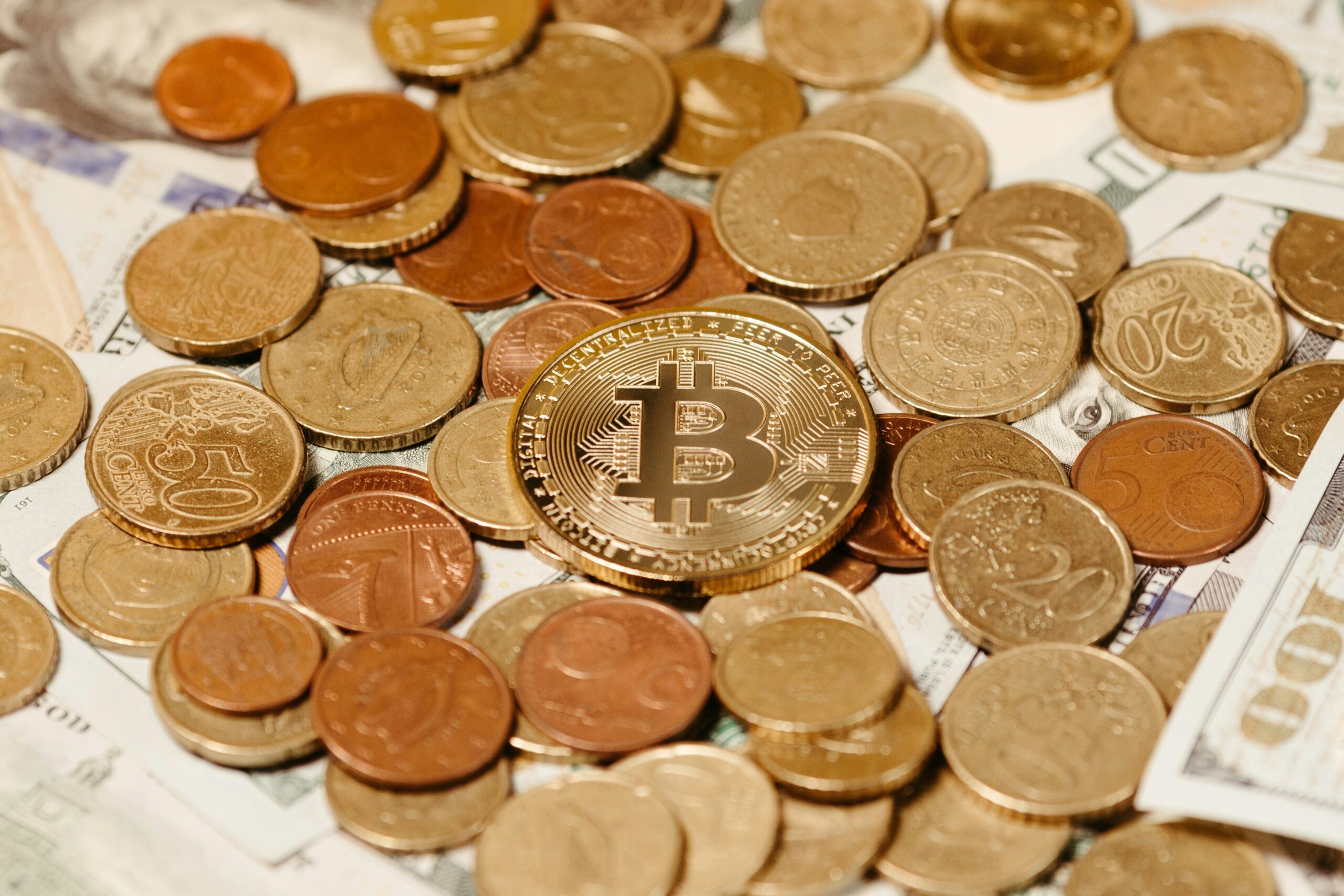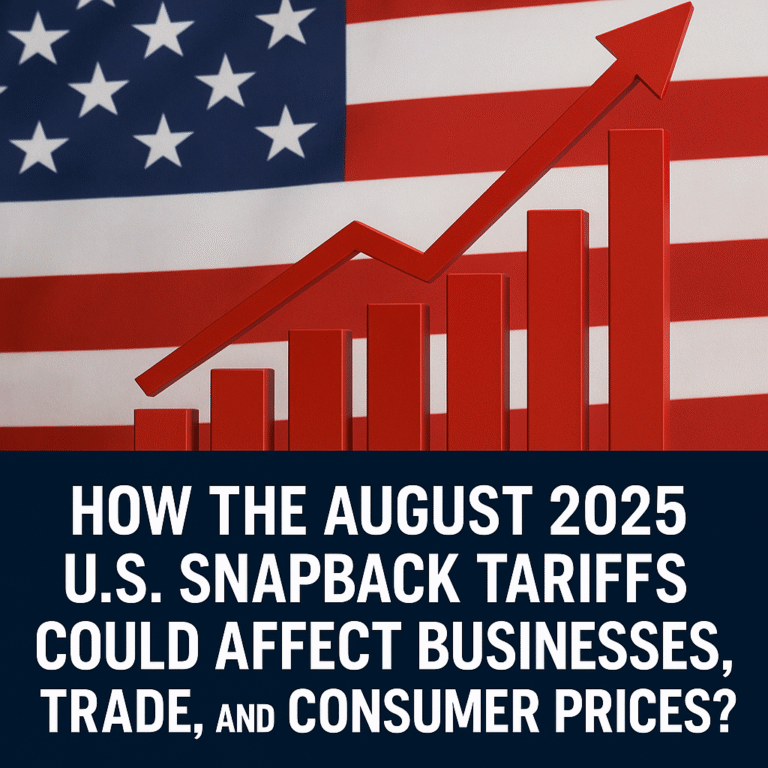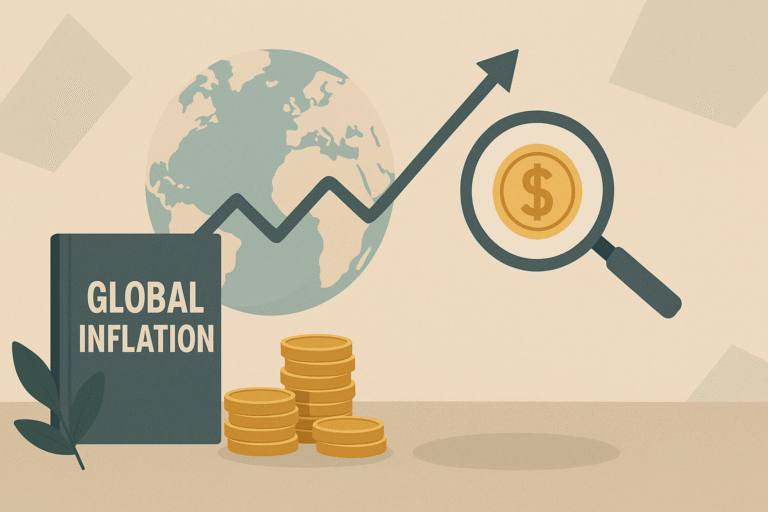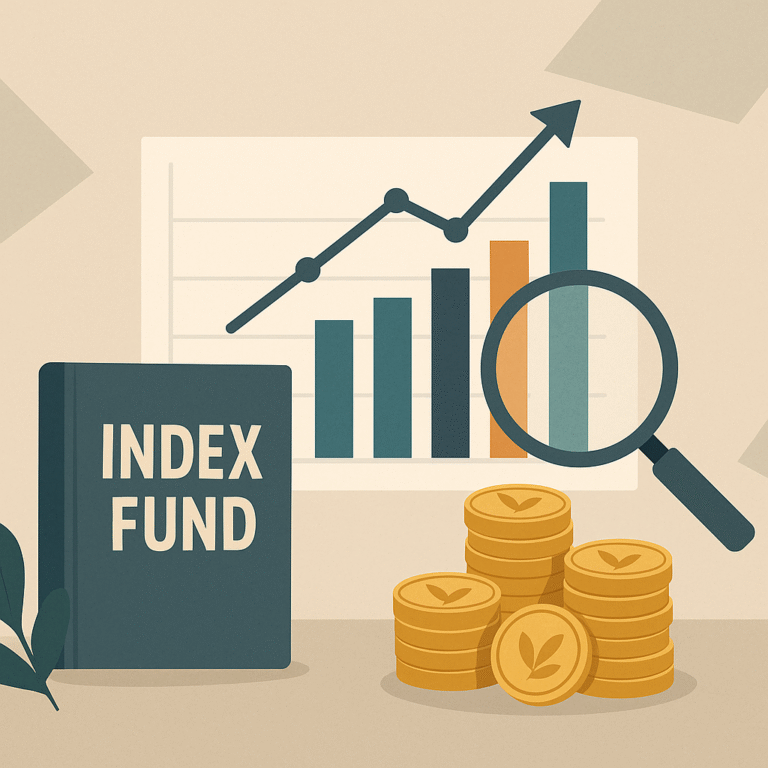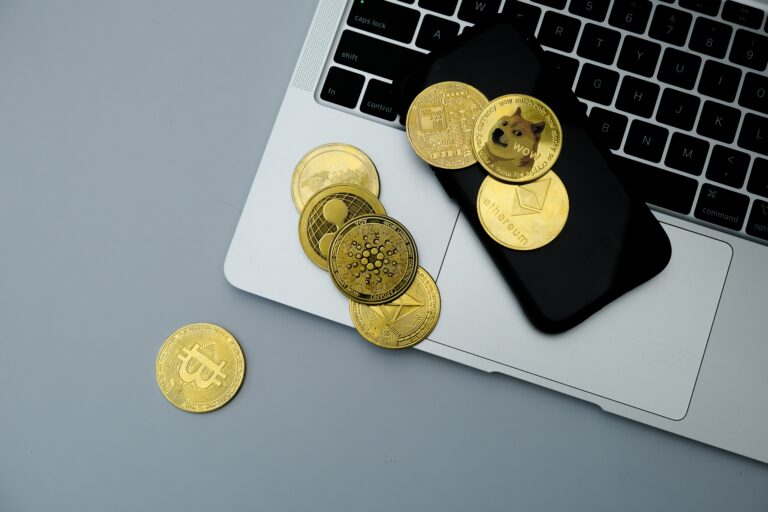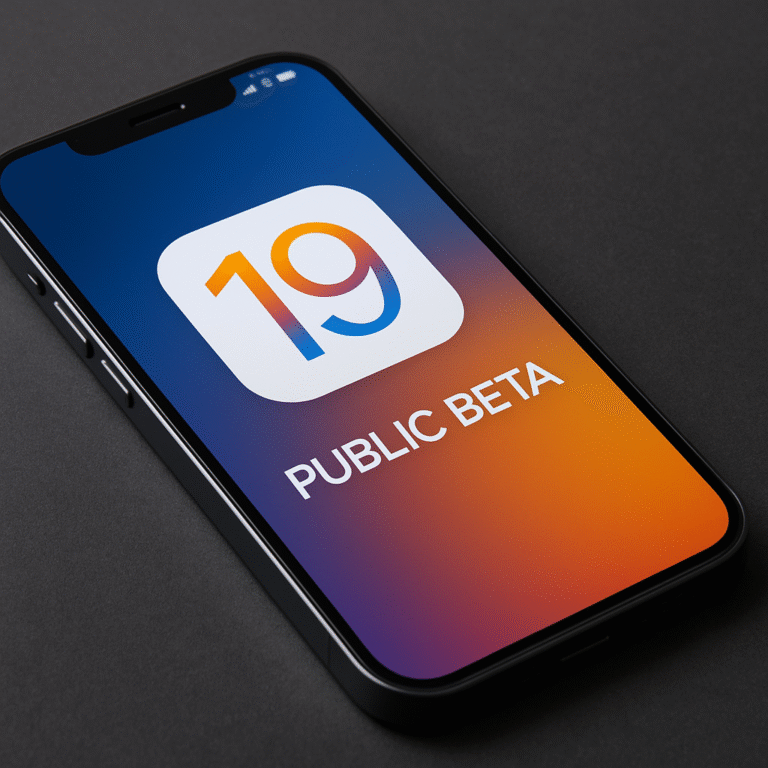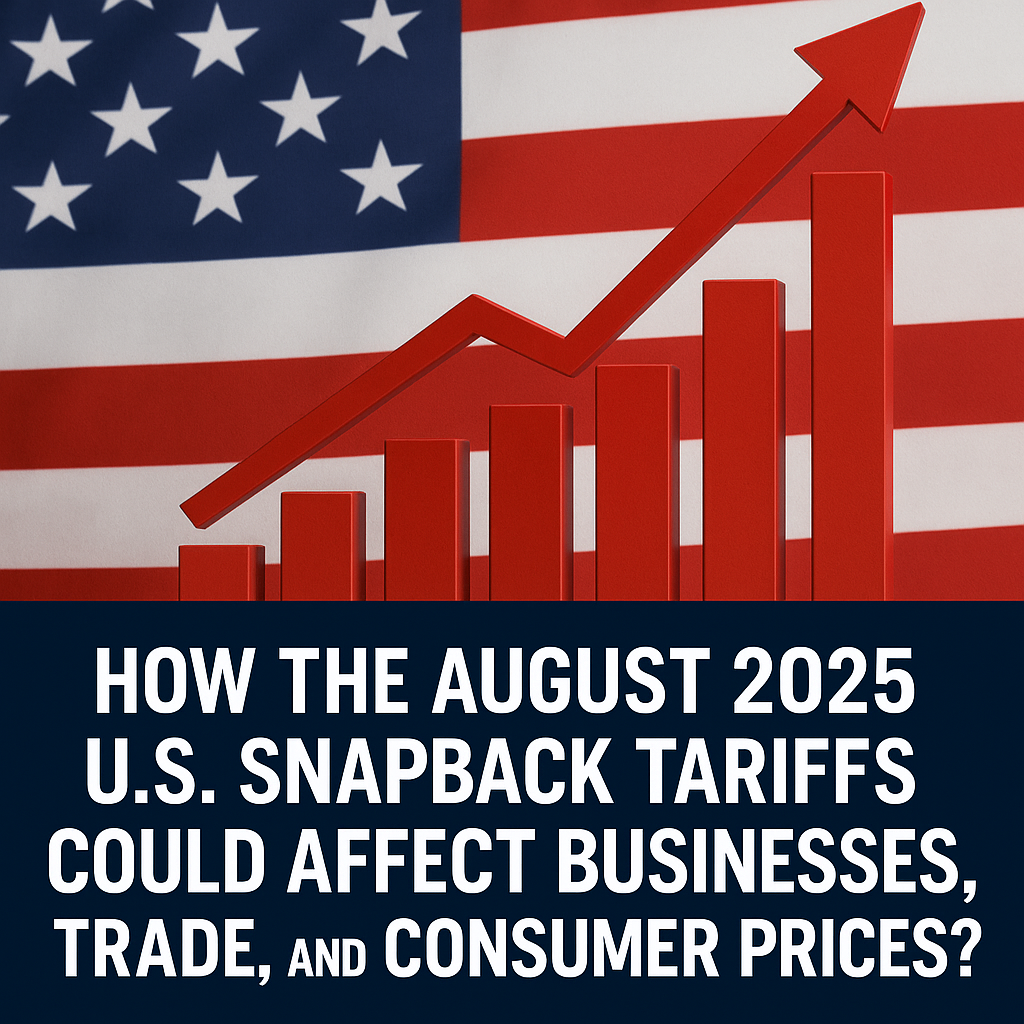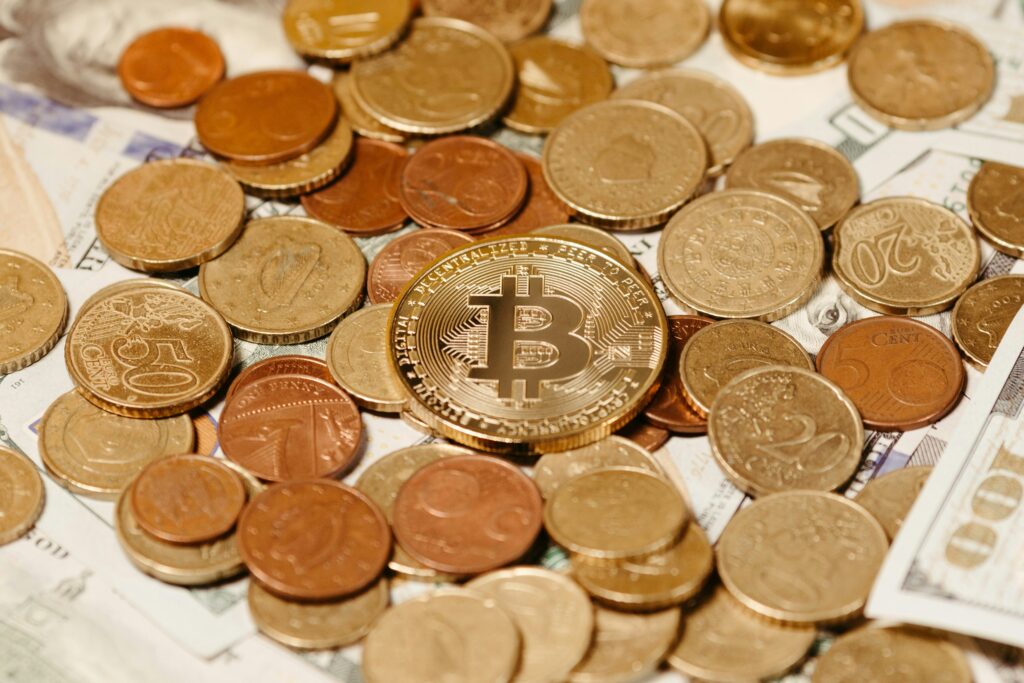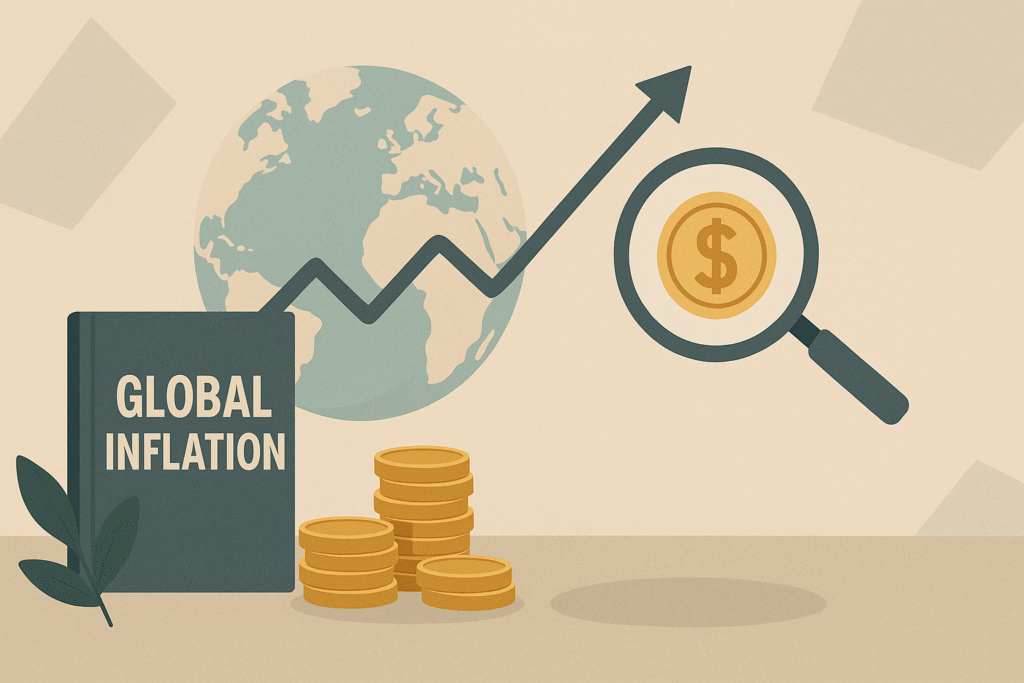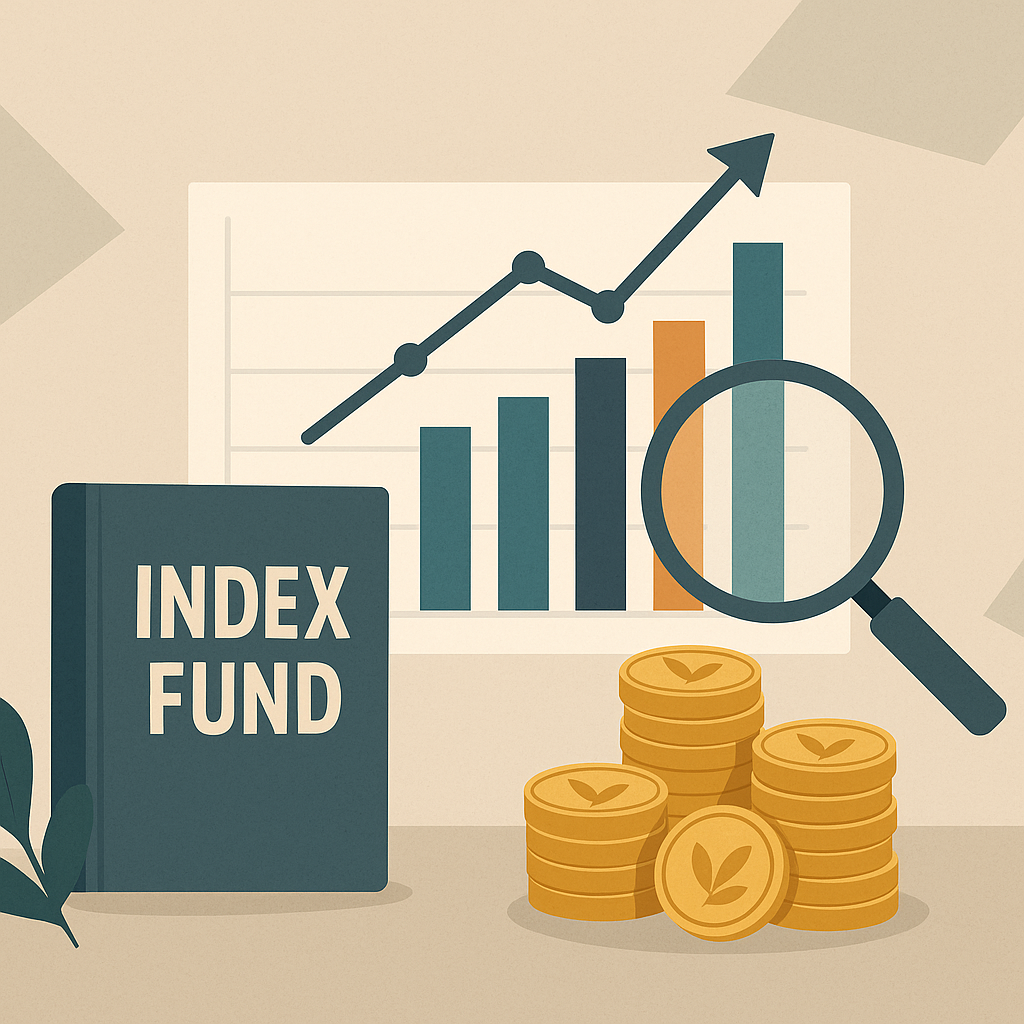A growing number of people are turning to side hustles for extra income, from freelancing online to driving for rideshare companies. But can picking up additional work truly strengthen your financial security and lead to long-term wealth? The answer depends on how you manage that extra income. If used wisely, a side hustle can help you pay down debt, build an emergency fund, or even invest in long-term opportunities like index funds.
At the same time, external factors like global inflation and its impact on personal savings, as well as changing markets for big purchases like cars, see how tariffs could push prices out of reach, can make having an extra income stream more valuable than ever. In this article, we will explore whether your side hustle can do more than cover bills and if it can set you up for a more secure and prosperous future.
What Counts as a Side Hustle Today?
A side hustle is no longer just a weekend job or picking up a few extra shifts. Today, it can mean anything from freelancing online, teaching virtual classes, or starting a small e-commerce store to driving for rideshare companies or renting out a spare room. The digital economy has opened the door for people to earn extra income in ways that fit their skills and schedules.
Some of the most popular modern side hustles include:
-
Freelancing: Writing, design, coding, and marketing work for clients worldwide.
-
Gig economy jobs: Driving for rideshare apps, food delivery, or task-based services.
-
Online selling: Using platforms like Etsy, Amazon, or Shopify to create and sell products.
-
Content creation: Starting a YouTube channel, podcast, or blog that can eventually earn ad revenue or sponsorships.
The reasons for starting a side hustle vary. For some, it is about covering rising costs influenced by global inflation, see how inflation impacts personal savings, while for others, it is a way to invest extra money into long-term strategies like index funds.
In today’s economy, almost any skill or passion can become a side hustle. Whether it’s designing logos, flipping furniture, or helping people manage social media accounts, the goal is the same: earn extra income that can boost your financial security and create opportunities for future wealth.
The Short-Term Benefits of a Side Hustle
A side hustle can deliver immediate financial relief. Whether you are saving for an emergency fund, paying off credit card debt, or just looking for extra cash to cover bills, that extra stream of income can make a noticeable difference in your day-to-day finances.
One of the biggest short-term advantages is flexibility. Many modern side hustles, from freelancing online to driving for rideshare apps, let you choose when and how often you work. That means you can scale up your efforts when you need more cash or scale back when life gets busy.
Another major benefit is skill-building. A side hustle often introduces you to new skills you can use to grow in your main career or even pivot into a different industry. A graphic designer who starts freelancing after work, for example, might land clients that later lead to full-time business opportunities.
In addition, extra income from a side hustle can help offset financial pressures caused by global inflation or unexpected costs, like higher expenses when auto tariffs push car prices up. When you can quickly generate additional cash, it’s easier to stay ahead of bills without dipping into savings or taking on debt.
In the short term, a side hustle is more than just extra money. It’s a financial safety net that provides breathing room, reduces financial stress, and sets the stage for building lasting wealth.
The Wealth-Building Potential of a Side Hustle
While a side hustle can cover bills and create short-term breathing room, its real power lies in its wealth-building potential. Extra income doesn’t just have to sit in a checking account. It can be funneled into investments, savings, and assets that grow over time.
One smart move is using side hustle earnings to invest in index funds or retirement accounts like an IRA. By putting even a portion of your side hustle money into long-term investments, you can take advantage of compound growth that steadily builds wealth year after year.
A side hustle can also help you build an emergency fund faster, giving you a cushion for unexpected events. This matters more than ever in an economy shaped by global inflation and fluctuating costs for big purchases, like cars, especially as new tariffs change car prices.
For some, the side hustle itself evolves into a major source of wealth. A small freelance project can grow into a full-fledged business. An Etsy shop can expand into a brand. Even gig work can lead to other income streams if you reinvest profits wisely.
The takeaway: a side hustle isn’t just about making extra money now, it’s a chance to lay the foundation for financial freedom and create long-term security that goes beyond your main paycheck.
The Hidden Costs and Trade-Offs
A side hustle can feel like an easy solution for extra income, but it’s not without real trade-offs. The most obvious cost is time. Hours spent driving for a rideshare app, freelancing, or managing an online shop are hours you can’t spend resting, being with family, or pursuing hobbies. Over time, this can lead to burnout, especially if your main job is already demanding.
Another hidden challenge is the financial trap of side hustle income. Many people fall into the habit of spending extra earnings instead of saving or investing them. Without a clear plan, the money can disappear into everyday expenses rather than being put toward long-term goals like an emergency fund or index fund investing.
There are also potential tax implications. Depending on the type of side hustle, you might owe self-employment taxes, need to track expenses for deductions, or even hire a tax professional. This added complexity can feel overwhelming if you’re not prepared.
Finally, side hustles can add stress when they overlap with broader economic pressures. For example, if you start a hustle to save for a major purchase like a car, shifting market conditions, such as new tariffs and higher auto prices, might mean you still feel like you’re chasing an unreachable goal.
In short, side hustles offer potential, but they also come with hidden costs in time, energy, and financial management. Understanding these trade-offs is key to making sure your side hustle moves you closer to financial security instead of creating new stress.
How to Make a Side Hustle Work for Your Financial Future?
Earning extra income is only half the equation. The real key is making your side hustle work for your long-term financial goals. Without a strategy, it’s easy for that money to get lost in everyday spending instead of building real security.
Start by setting clear goals for your side hustle income. Decide if it will go toward paying off debt, boosting your emergency fund, or funding investments. For example, putting even small amounts into index funds or retirement accounts can create powerful compounding growth over time.
Next, treat your side hustle like a mini-business. Track income, save for taxes, and set aside a percentage of earnings for savings or investment before you spend a dime. This simple habit ensures your side hustle money builds wealth instead of disappearing on impulse purchases.
Choose side hustles that align with your skills and interests. If you enjoy what you’re doing, whether that’s freelance writing, selling handmade goods, or consulting, it’s easier to stay consistent and avoid burnout. And consider how your hustle might grow over time; some gigs can evolve into businesses that deliver long-term income streams.
Finally, keep the bigger picture in mind. Economic shifts like global inflation or changes in major expenses, such as tariffs raising car prices, show why having an extra income stream matters. But the real power of a side hustle is using that money to prepare for the future, not just react to today’s costs.
With intention and planning, your side hustle can do more than cover bills. It can become the tool that helps you build lasting wealth and long-term financial security.
Conclusion
A side hustle isn’t just a trend. It’s become a critical part of how many people navigate today’s financial realities. From paying off debt to building an emergency fund, the short-term benefits are clear. But the true value of a side hustle comes when you use that extra income with intention, directing it toward savings, long-term investments like index funds, or even seeding a future business.
That doesn’t mean side hustles are effortless. The hidden costs, time, energy, tax considerations, and the risk of burnout are real. And in a world shaped by global inflation and shifting costs for big purchases like cars due to new tariffs, the pressure to keep hustling can feel heavy.
The key is balance and planning. If you approach your side hustle with a strategy, knowing exactly where that extra money should go and how it will serve your bigger goals, it can do far more than cover bills. It can help you create a financial safety net, open doors to investment opportunities, and ultimately, build the future wealth you want.

